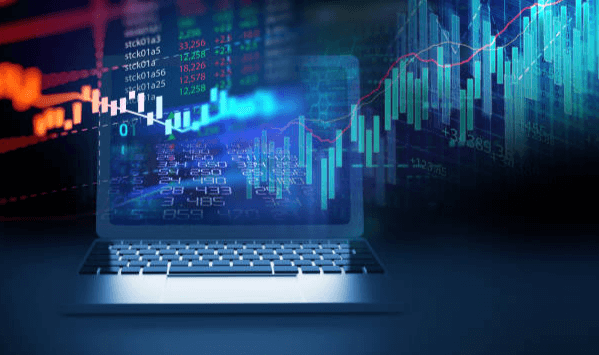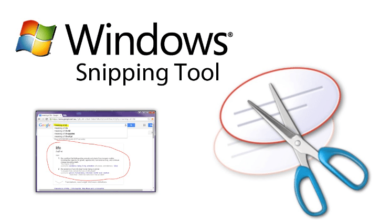Transaction Monitoring System – Mitigating the Risk of Financial Crimes

The world of digital services and disruptive financial technologies is transforming at an astonishing pace. From infinite payment gateways to multiple products, companies are now doing the best they can to engage tech-savvy users. Although it portrays a hopeful picture of digital transformation, it also brings in a plethora of illicit activities. The rise in financial services means there are now more avenues for criminals to launder money, fund terrorist activities, and conduct fraud. Therefore, companies worldwide fight to maintain superior service provision and real-time transaction monitoring.
This blog discusses the importance of transaction monitoring solutions in the fast-paced world.
Compliance with KYC Transaction Monitoring
In the current world, customers require quick and seamless payment processes. Whether it is paying a vendor or sending money to a friend, real-time payments allow instant transfers. However, it also means that cybercriminals only need momentary access to transfer illegal funds. Therefore, authorities and governments worldwide now have stringent real-time transaction monitoring policies. For instance, the 5th and 6th Anti-Money Laundering Directives (AMLD) introduced significant changes to the prevalent USA Patriot Act. Moreover, Europe now has a GDPR policy to curb financial fraud. Therefore, to conduct business in the current financial system, it is crucial to comply with these regulations. The problem arises when the regulations keep evolving in different regions of the world. Thus requiring more resources to maintain a transaction screening system. Investing in real-time transaction screening software is the only viable option.
Incidentally, the market for such software stood at $12.67 billion just two years ago, in 2021. Due to the aforementioned issues, it is expected to grow at a CAGR of 14.6%. Therefore, by 2027, the market value for real-time transaction screening systems is expected to touch $39 billion.
- Suspicious Activity Report
Real-time transaction monitoring allows companies to identify any suspicious activity instantly. For instance, institutions can flag such activities if a customer performs an abnormally large transaction or numerous cash deposits with small intervals. Once an activity is flagged, the anti-money laundering policies and counter-terrorism financing laws require that the institution files a SAR. As mentioned, it stands for suspicious activity reports and includes the details of the transaction source and ending point. Apart from SARs, real-time transaction monitoring can help organizations communicate timely using various reports.
- Analyzing Revenue Distribution
Implementing real-time transaction screening can also help get business and merchant revenue distribution insights. For instance, if an e-commerce store has multiple gateways to sell things online, real-time analytics can differentiate the percentage of revenue from each gateway. Therefore enabling end-to-end visibility in financial operations. Moreover, if a merchant or e-commerce store owners implement it on their side, they can use predictive recommendation engines to enhance customer experience. Similarly, monitoring the payment transaction process can help retailers figure out the ratio of approved and declined purchases in real-time.
- Monitoring Customer Behavior
Since Covid, businesses and organizations have observed rapid changes in consumer behaviors. Using real-time transaction monitoring is now the need of the hour to stay up-to-date with these changes. For example, during Covid, there was a surge in the use of online video streaming platforms. However, there can be server failure due to large activity volumes. This is where real-time monitoring enables companies to stay ahead of these trends and adopt a proactive strategy.
- Watchlist Monitoring
Apart from financial regulatory authorities, law enforcement agencies publish their watchlists. These lists contain high-risk individuals and entities. For example, people belonging to countries with global sanctions and politically exposed persons (PEPs). Manually, it becomes near impossible to carry out such large-scale activities. On the other hand, real-time transaction monitoring allows automated screening of such entities. Therefore resulting in KYC and AML compliance as well.
- Flagging International High-Risk Transactions
Unlike domestic transactions, international ones pose a higher risk. Syndicates can attempt to fund terrorist activities in foreign countries and launder money to off-shore companies. Moreover, there are now different types of financial transactions, including high-value foreign and card-not-present payments. Since such transactions occur in multiple currencies, different organizations monitor them. Real-time transaction monitoring makes it easy for them to communicate timely with each other and apprehend perpetrators.
Key Takeaways
From unparalleled insights to singular security, real time transaction monitoring is not a choice now. It is a step to the future. Real-time transaction monitoring allows organizations and even individual vendors to track customer behavior and implement proactive strategies for the future. Furthermore, this screening also helps mitigate financial crime and ensure customer trust. Even though criminals are now much more advanced, screening can help curb their activities. It helps to flag potential malicious activities and screen customers against watchlists. Thus, helping companies stay ahead of the ever-evolving landscape of regulations.




